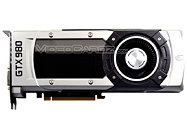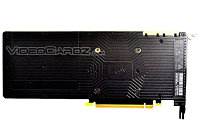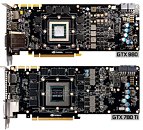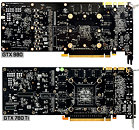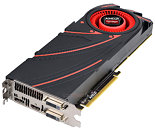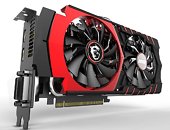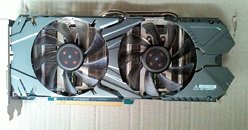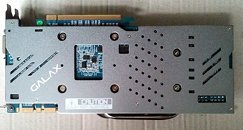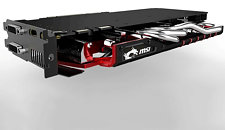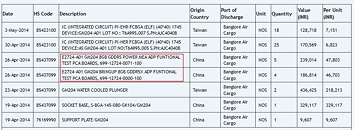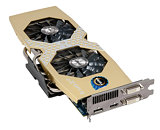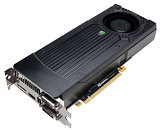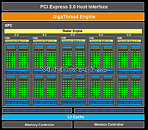
NVIDIA GeForce GTX 980 Reference Board Pictured
Here are the first pictures of the reference-design GeForce GTX 980 graphics card. This gorgeous looking board is something to get used to, as it could be a while before we see non-reference boards for the GTX 980. Its smaller sibling, the GTX 970, could launch with non-reference design boards right off the bat. Outwardly, the GTX 980 looks exactly like a GeForce GTX 780 reference board, with NVIDIA's space-age cooling shroud.
The only difference here is a metal backplate decking up the card. This backplate isn't cooling anything, and traces reveal that the card is indeed holding just 8 memory chips, confirming its 256-bit wide GDDR5 memory interface. The GeForce GTX 980 is based on NVIDIA's new GM204 silicon, a derivative of the company's new "Maxwell" architecture, which made its debut with the GeForce GTX 750 Ti. The package of GM204 looks roughly as big as a GK104. The card draws power from a pair of 6-pin PCIe power connectors, and uses a 4+1 phase VRM to condition power.
The only difference here is a metal backplate decking up the card. This backplate isn't cooling anything, and traces reveal that the card is indeed holding just 8 memory chips, confirming its 256-bit wide GDDR5 memory interface. The GeForce GTX 980 is based on NVIDIA's new GM204 silicon, a derivative of the company's new "Maxwell" architecture, which made its debut with the GeForce GTX 750 Ti. The package of GM204 looks roughly as big as a GK104. The card draws power from a pair of 6-pin PCIe power connectors, and uses a 4+1 phase VRM to condition power.
